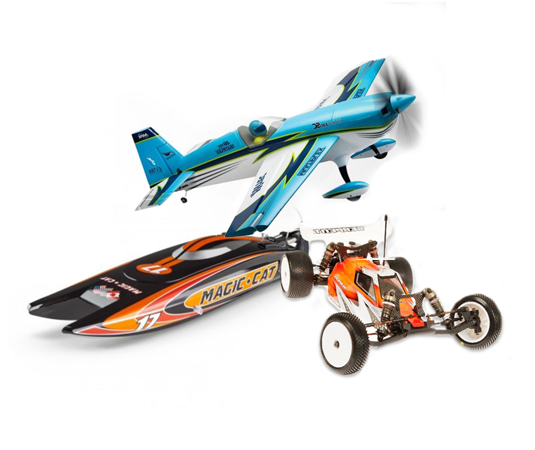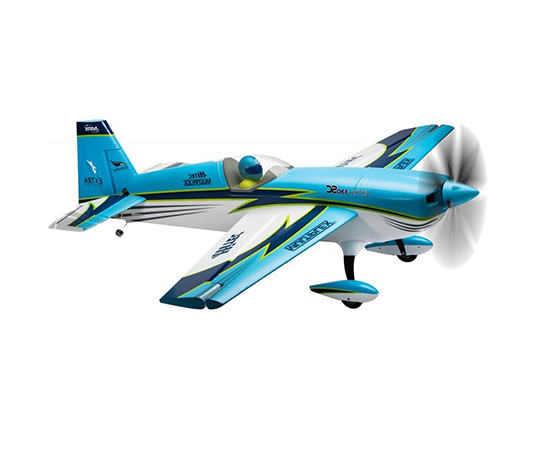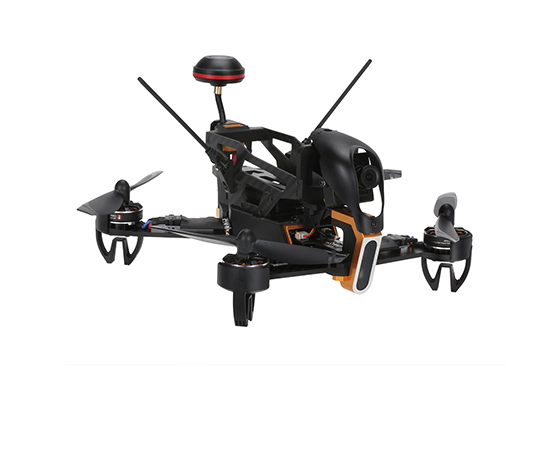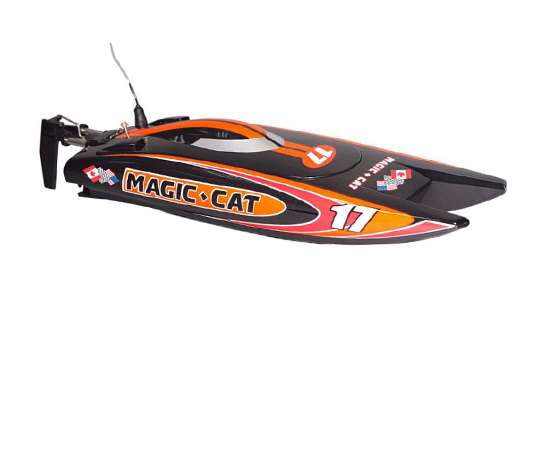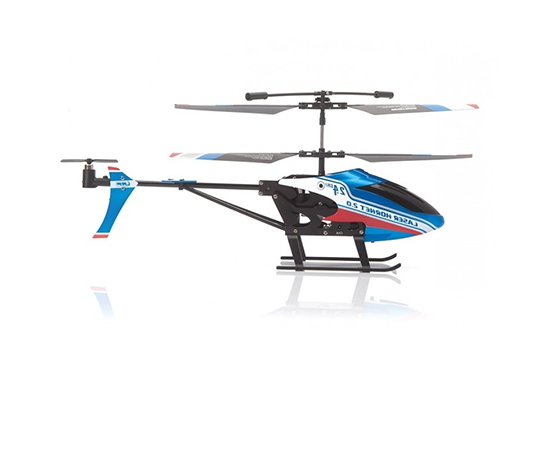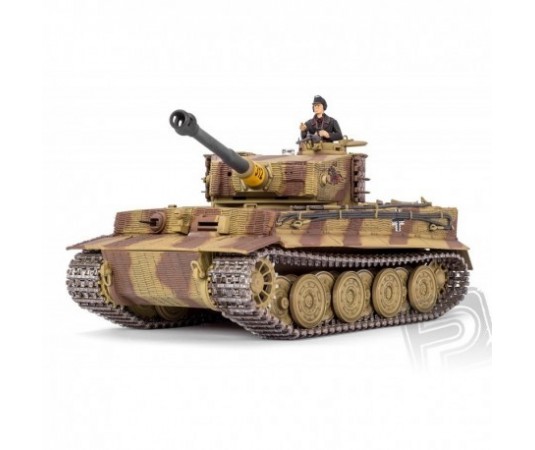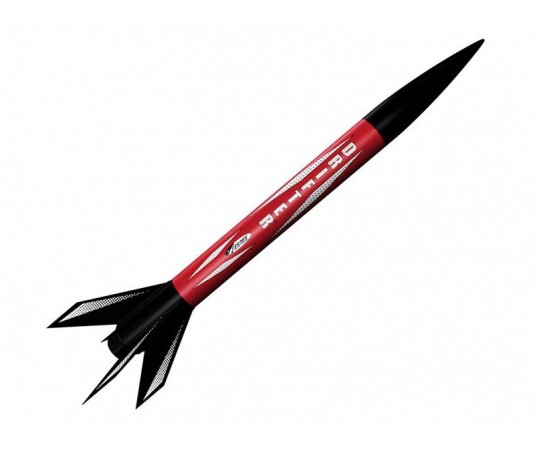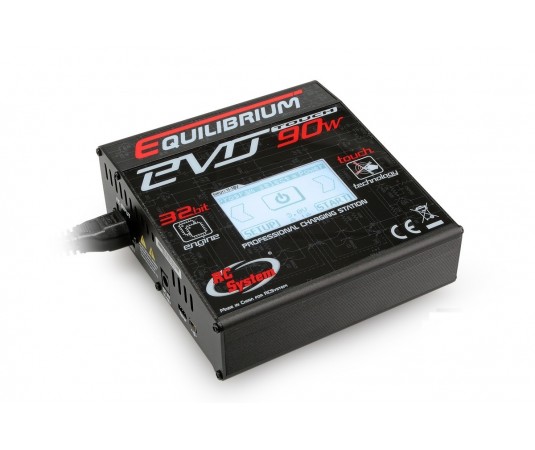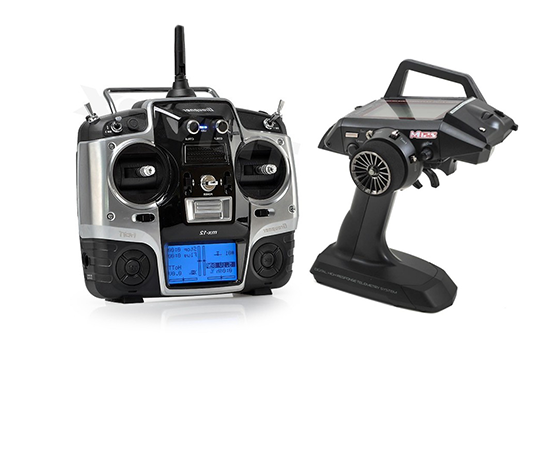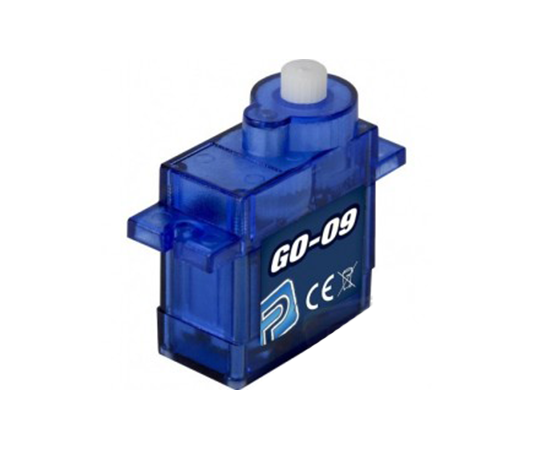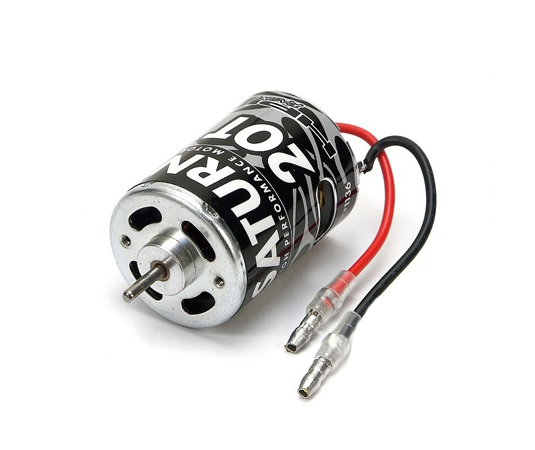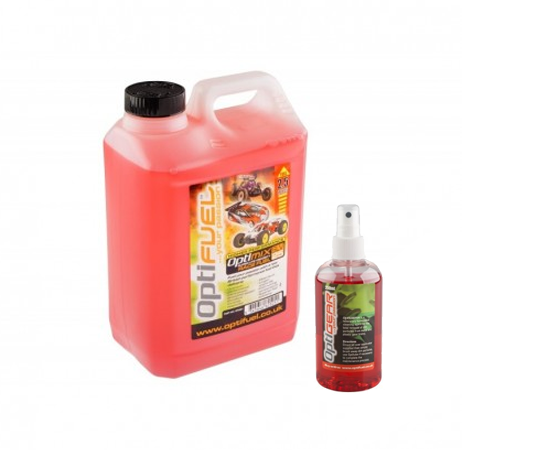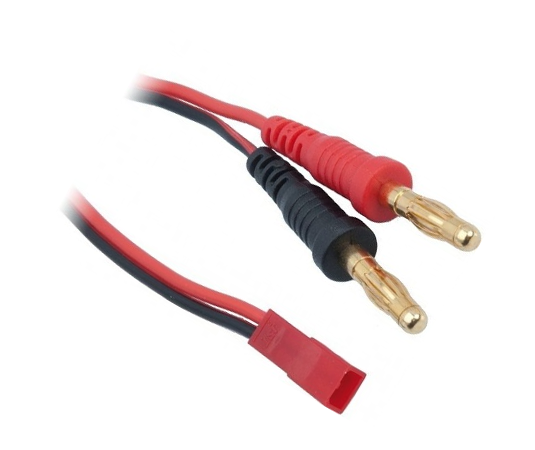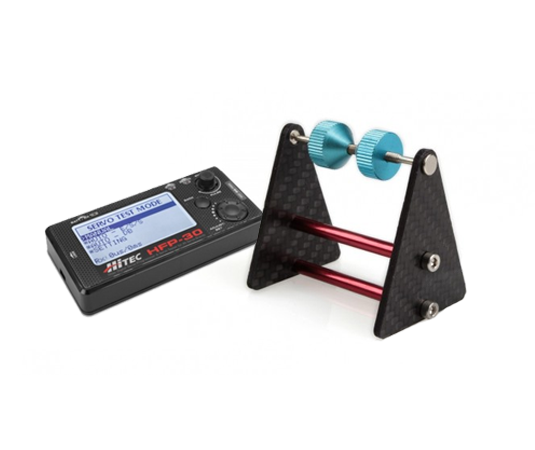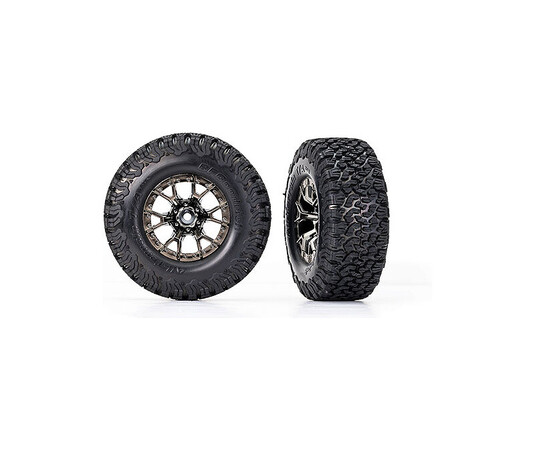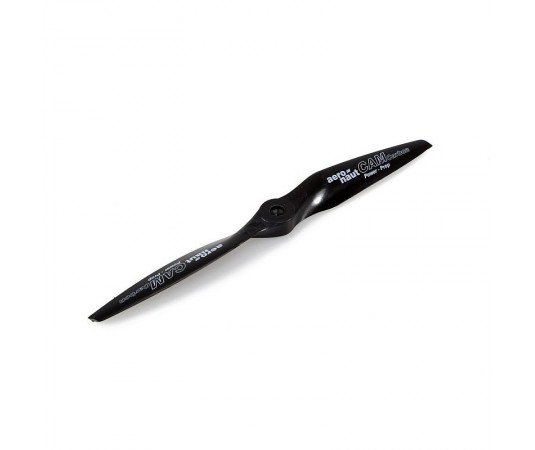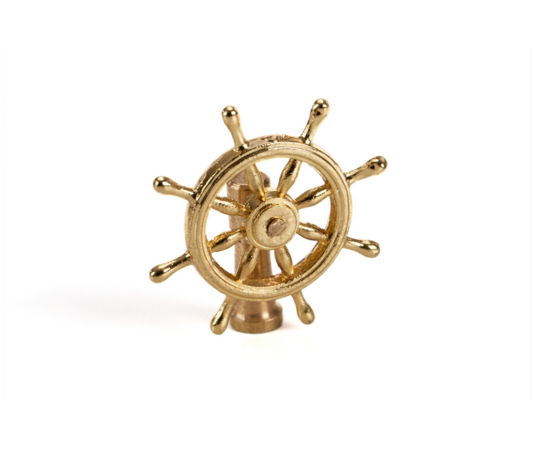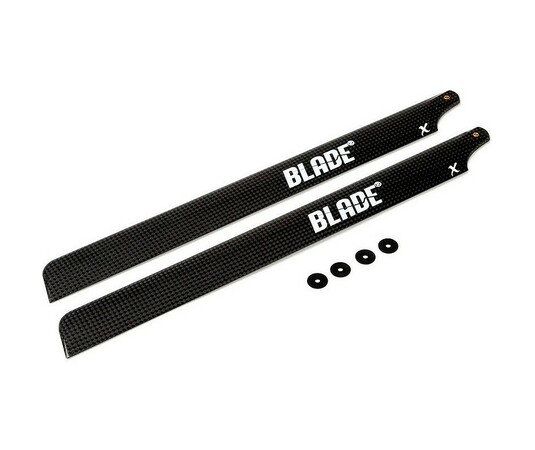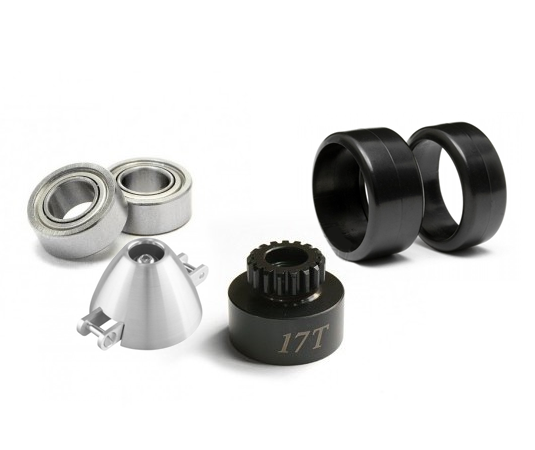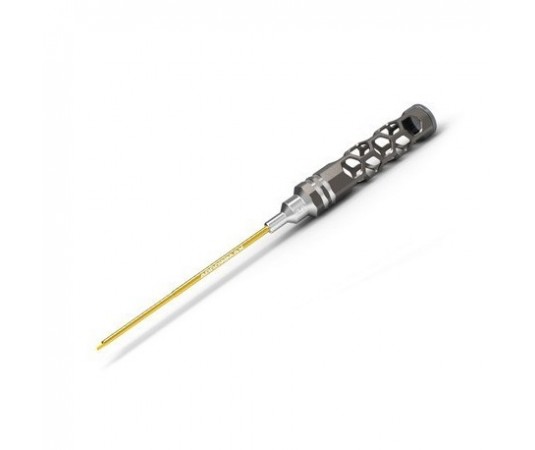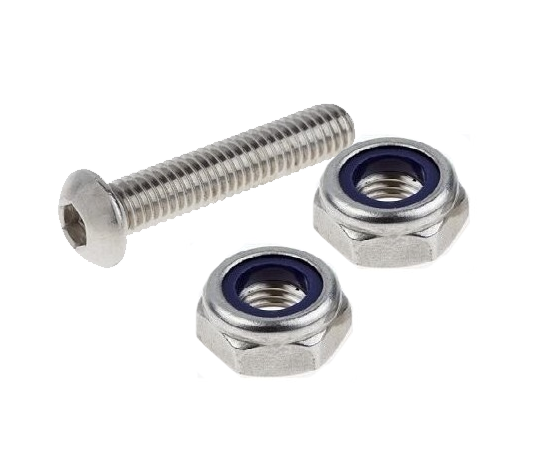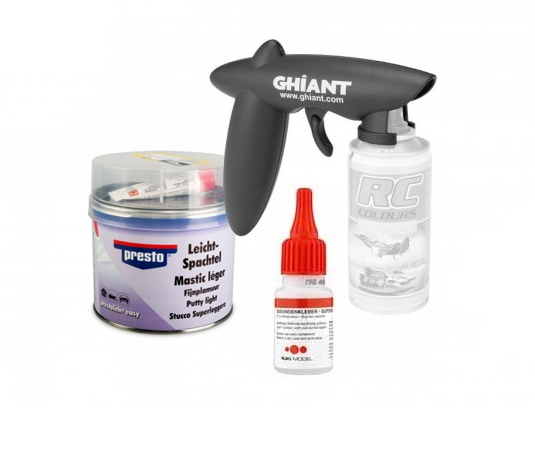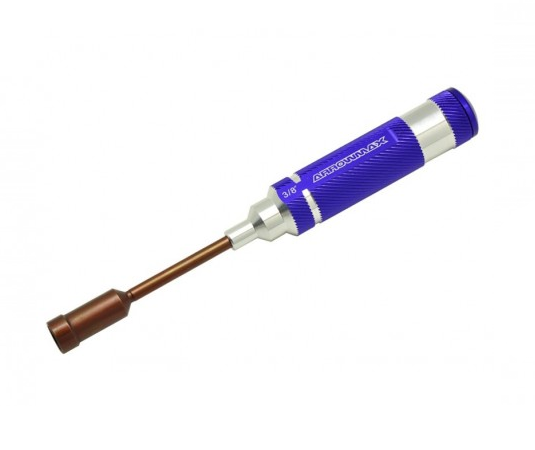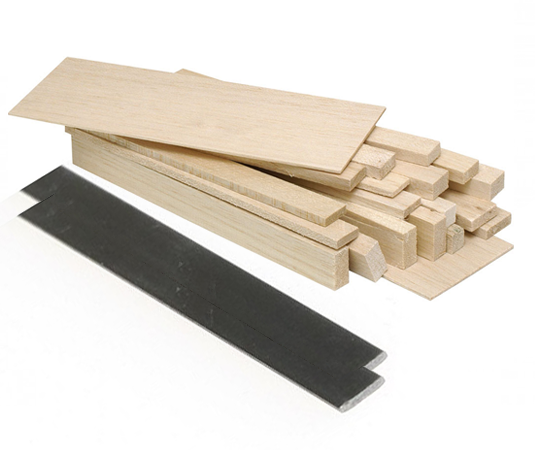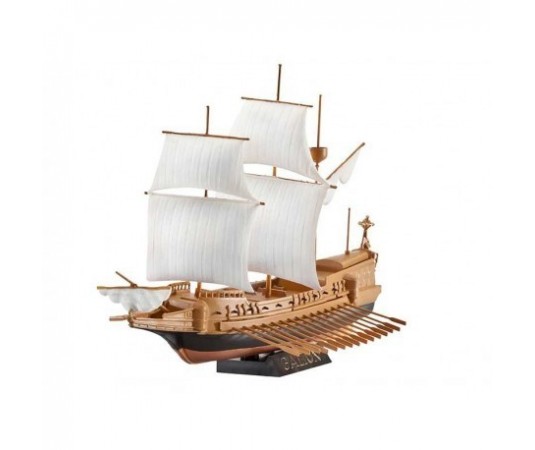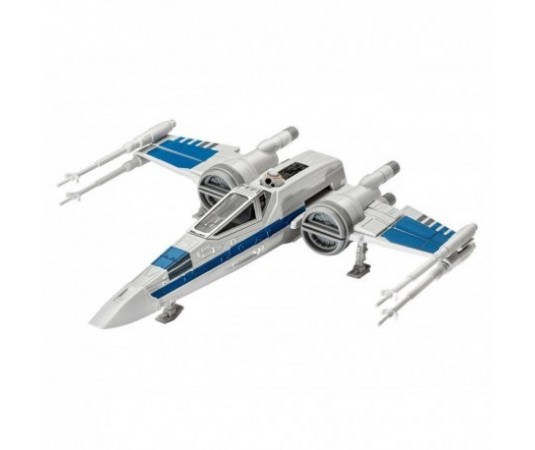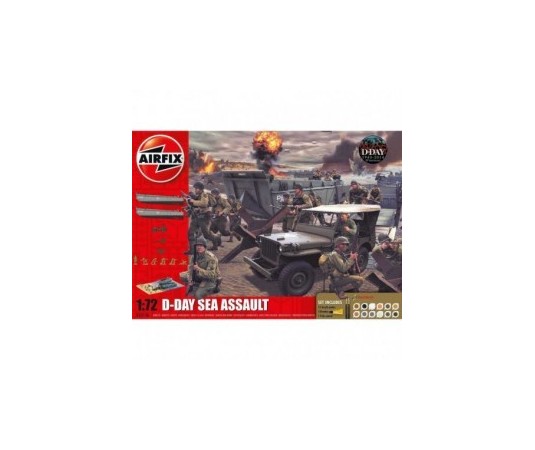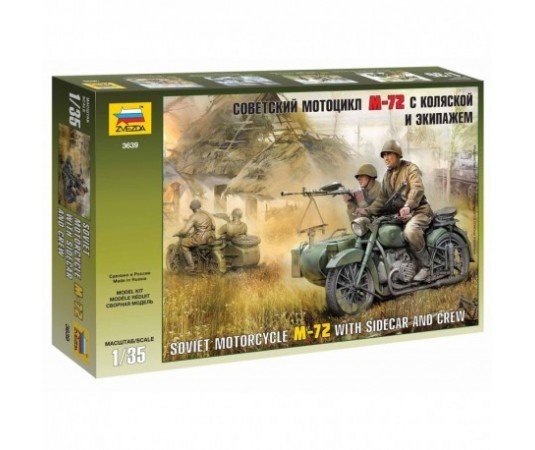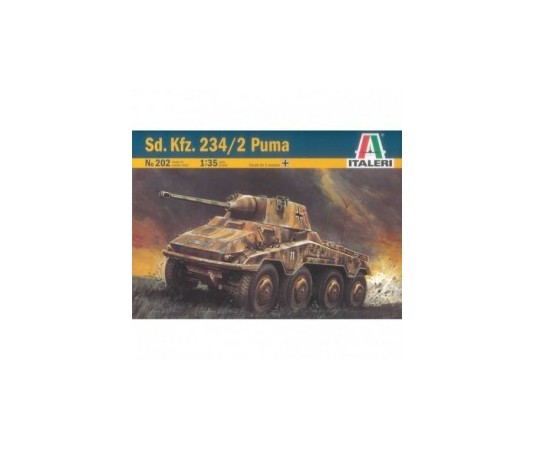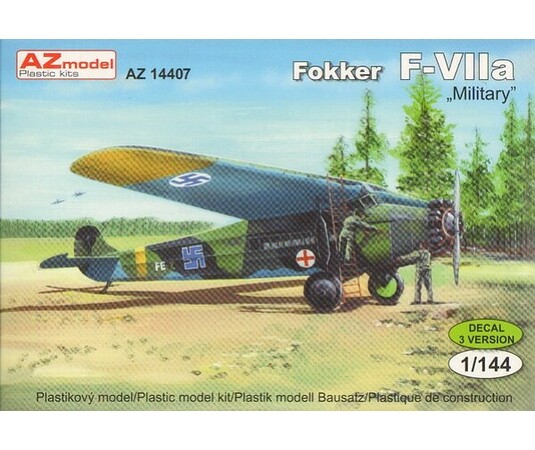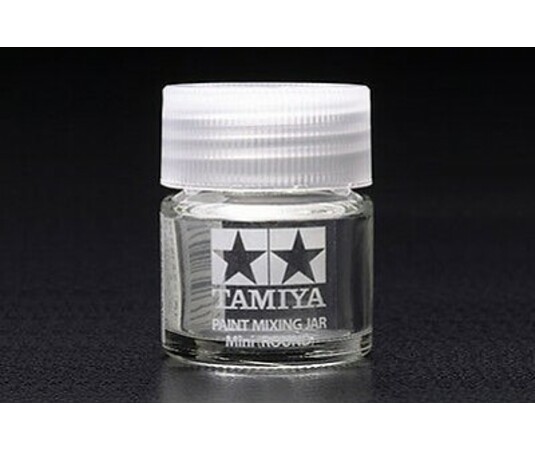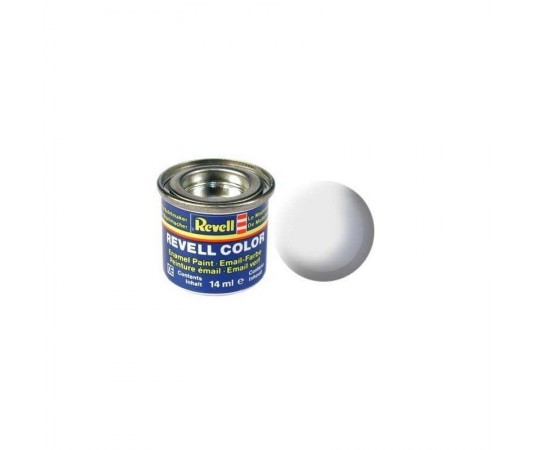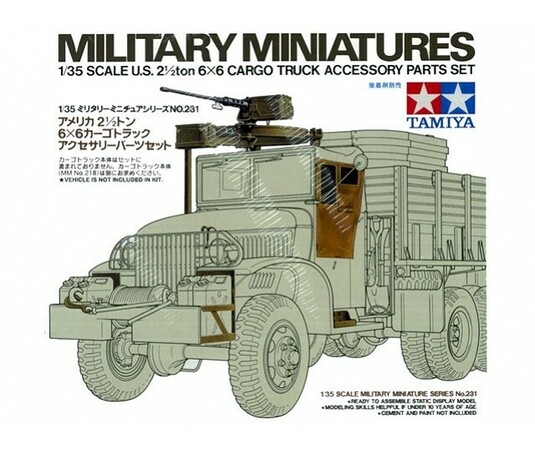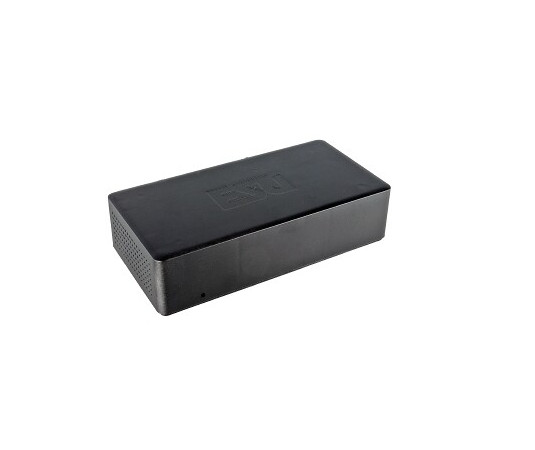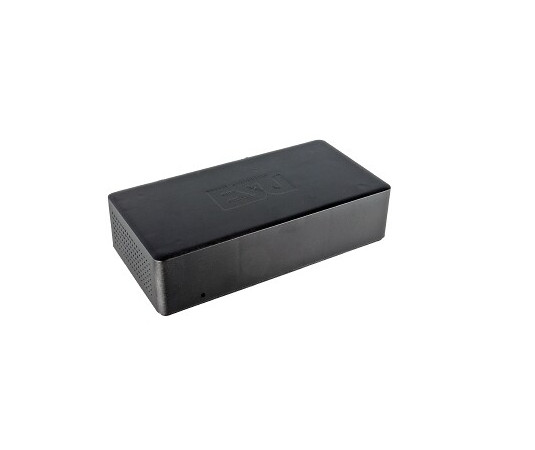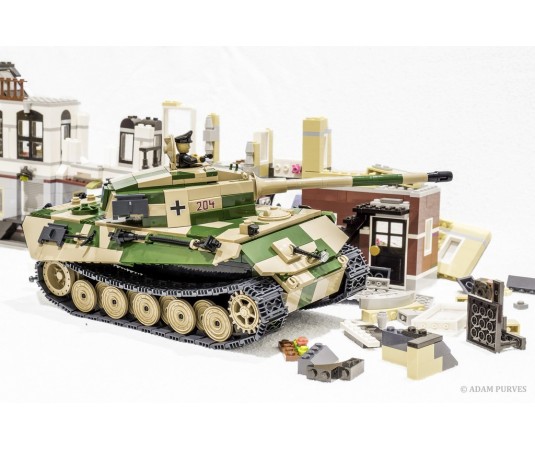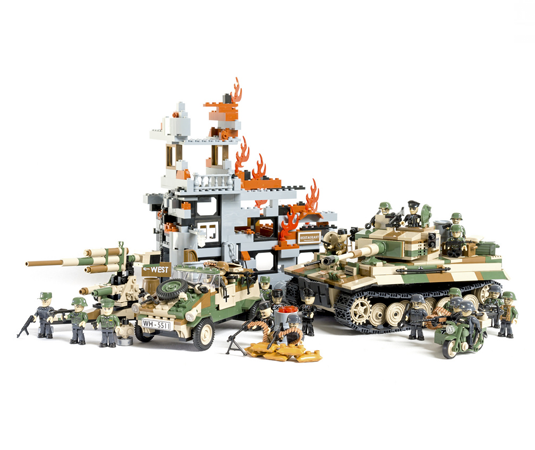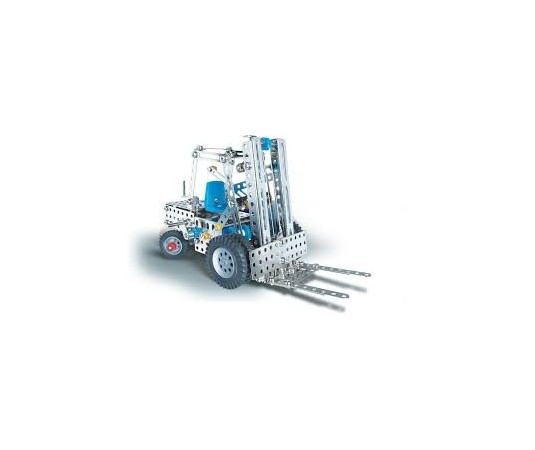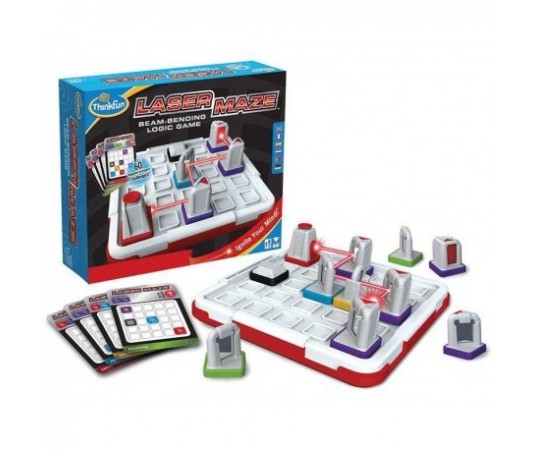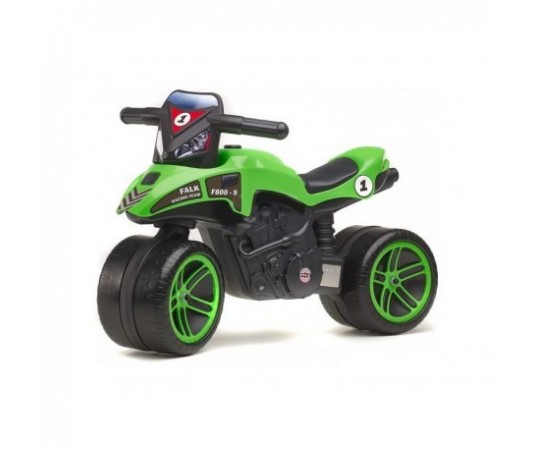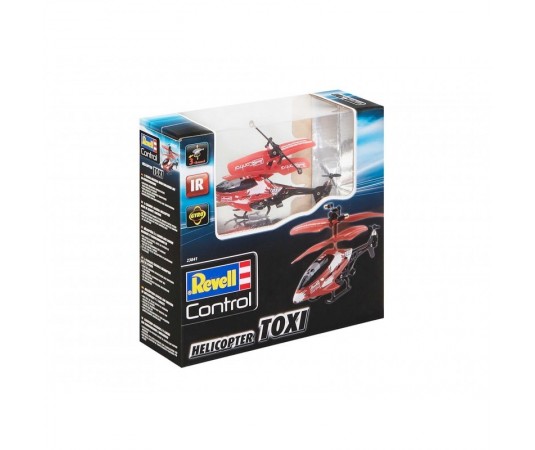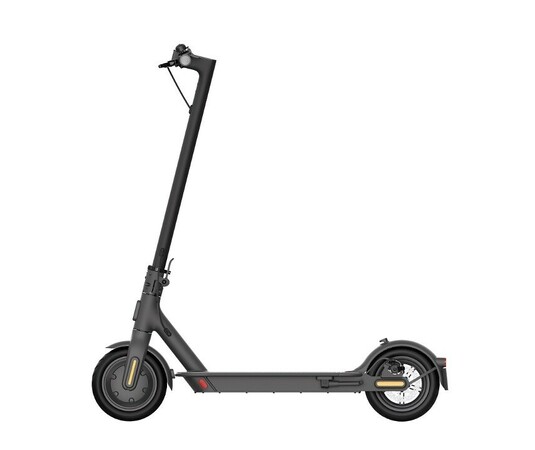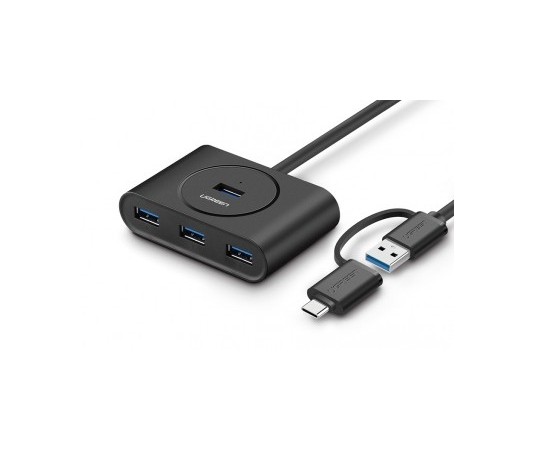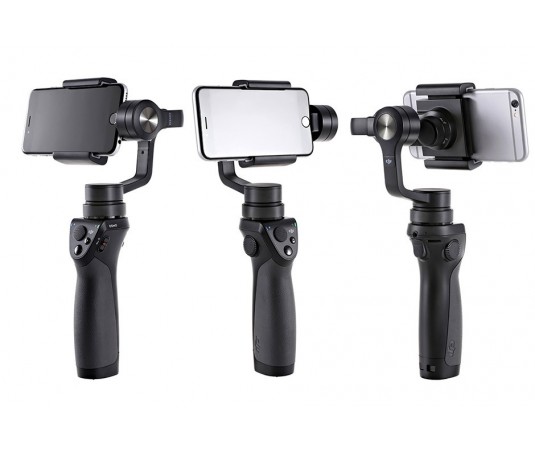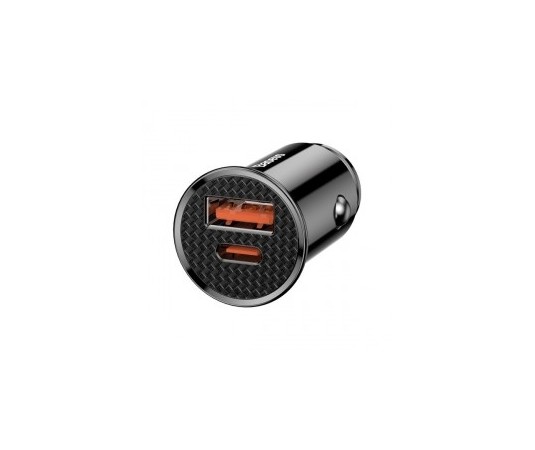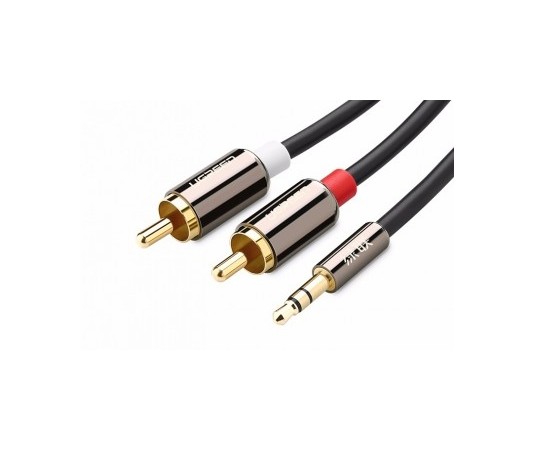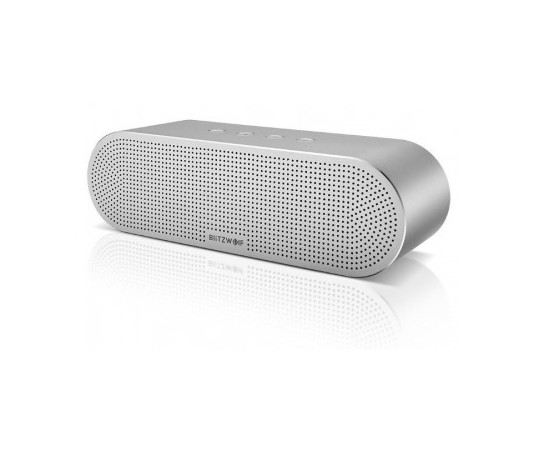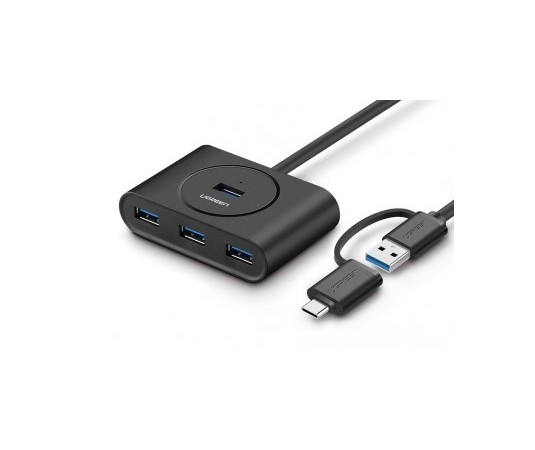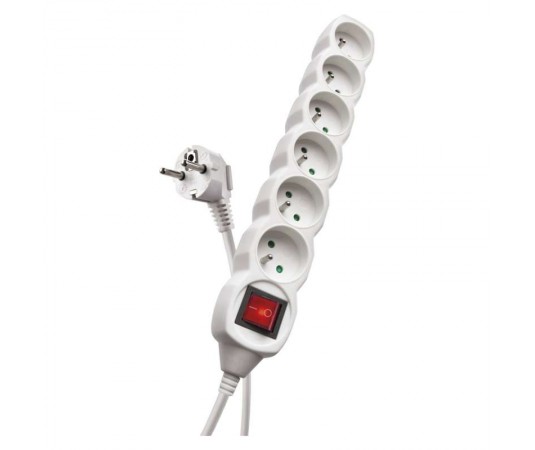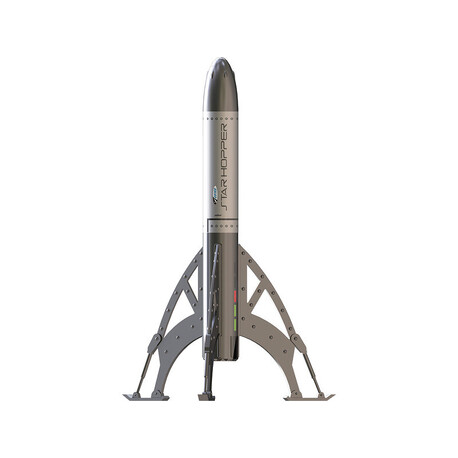- -0.44 €
This Star Hopper Kit

Express delivery

Large selection of carriers

Satisfaction guarantee
Package contents
Package contains: tube, tip, parachute, engine holder, stabilizers, stickers, CZ instructions, EN manual.
Characteristics
The Estes Star Hopper Kit model for the A-series rocket engine, flies to a height of up to 122 meters and, thanks to the braking ribbon, slowly falls to the ground. The model was designed based on a description of a defensive missile from the 50s, against the newly emerging phenomenon of UFOs.
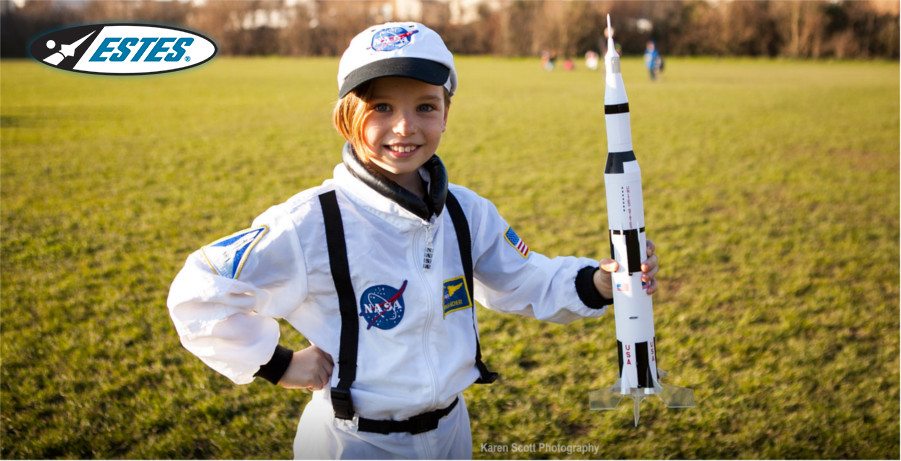
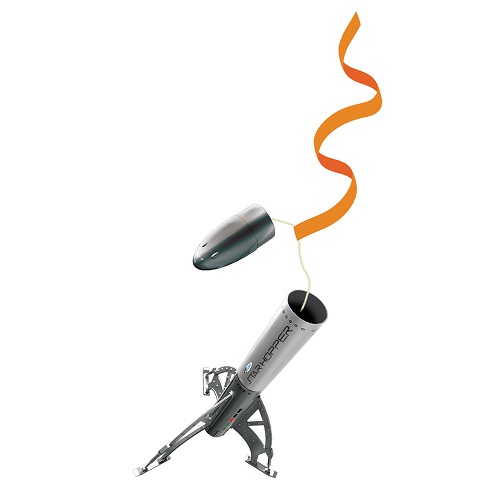
In 1949, a secret group of government scientists met at a secret air base in Nevada to form Project Star Hopper. The goal was to produce a fast and agile manned vehicle that would compete with unidentified objects commonly referred to as "flying saucers." With the best engineers, plans were made for an elegant and functional nuclear-powered vessel that could be launched quickly to catch the aggressors. The result was the Star Hopper rocket - the first interplanetary spacecraft in the world. A small fleet was built and tested, and by 1955 it was ready to protect the sky from alien invaders.
Based on this conspiracy theory, the designers designed the Star Hopper rocket.

Difficulty of building a rocket
Models of construction difficulty missiles 1 require a bit of dyeing, or gluing and grinding. The models have parts made of laser-cut wood or plastic moldings, a plastic or balsa cone and high-quality decals. Assembling the model is easy thanks to step-by-step pictorial instructions. You will spend about one afternoon building this rocket model.
For information on building and launching, see How to Operate Missile Models.
Rocket models
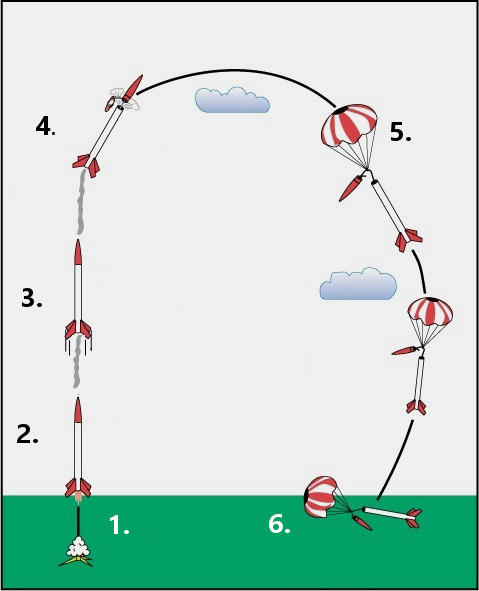
Phases of flight
- Ignition of the engine - the propellant ignites the propellant mixture in the engine . The required direction of flight is ensured by the guide rod of the launch pad, on which the rocket is slid.
- Thrust and acceleration - the rocket is powered by the reactive power of the rocket engine.
- Combustion of the propellant mixture - as soon as the propellant mixture burns, the delay mixture begins to burn, which produces a large amount of smoke . This is used to monitor the flight of the rocket. The fast-moving rocket is now starting to slow down.
- Peak flight and ejection - after the delay mixture burns out, the ejection mixture is ignited, which activates the rocket return system.
- Return system - is most often implemented using a parachute, ribbon, or so-called heli-blade.
- The last phase is to hit the rocket on the ground.
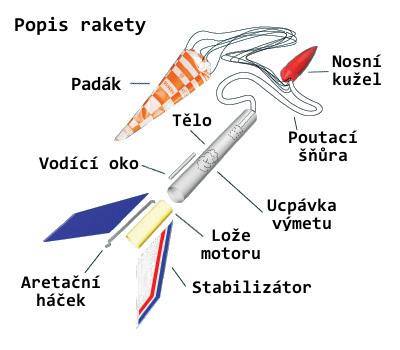
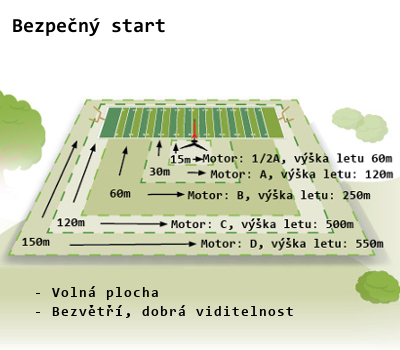
We recommend buying
To launch and fly a rocket, you need to buy:
- torch engines,
- ejection seal (used to protect the parachute),
- and a launch pad.

Rocket engines
Engine igniters and seals are included in the engine package, unless otherwise stated. Estes engines are equipped with electric igniters, designed to be ignited via the launcher. The rocket can be equipped with Klima engines with conventional fuses or electric igniters For more information on rocket motors, see the rocket motor overview.
Recommended engines for this rocket: 1 / 2A3-4T, A3-4T, A10-3T.
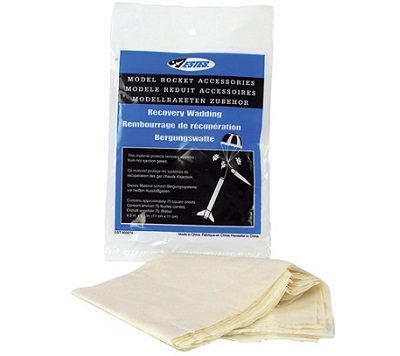
Sweep seal
The cotton swab seal is made of non-flammable fabric, its purpose is to prevent damage (burnout) of the parachute from the engine sweeper.
Launch pad
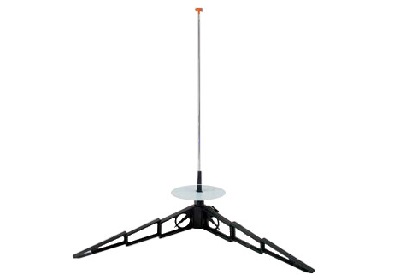
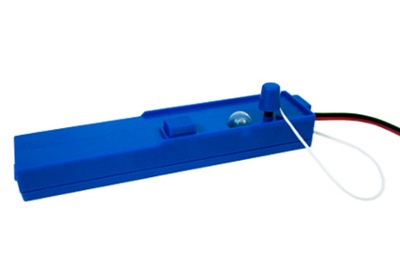
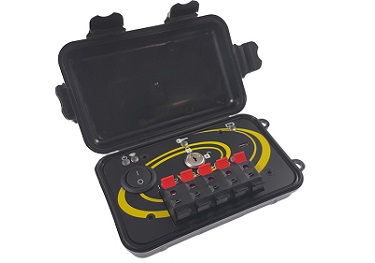

Assembly tools
To assemble the model, you will need: scissors, pencil, sandpaper, sanding block, model knife, universal glue, plastic glue and acrylic paints for possible painting. For comfortable cutting and protection of the table during assembly, we recommend a work mat.
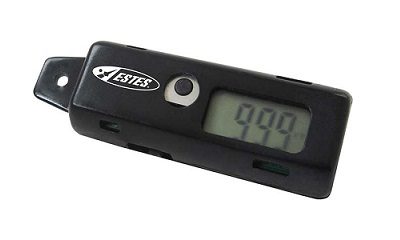
Flight altitude measurement
You can measure the achieved flight altitude of the rocket using a digital altimeter, which is inserted into the rocket. You can use a sextant to measure height from the ground.


